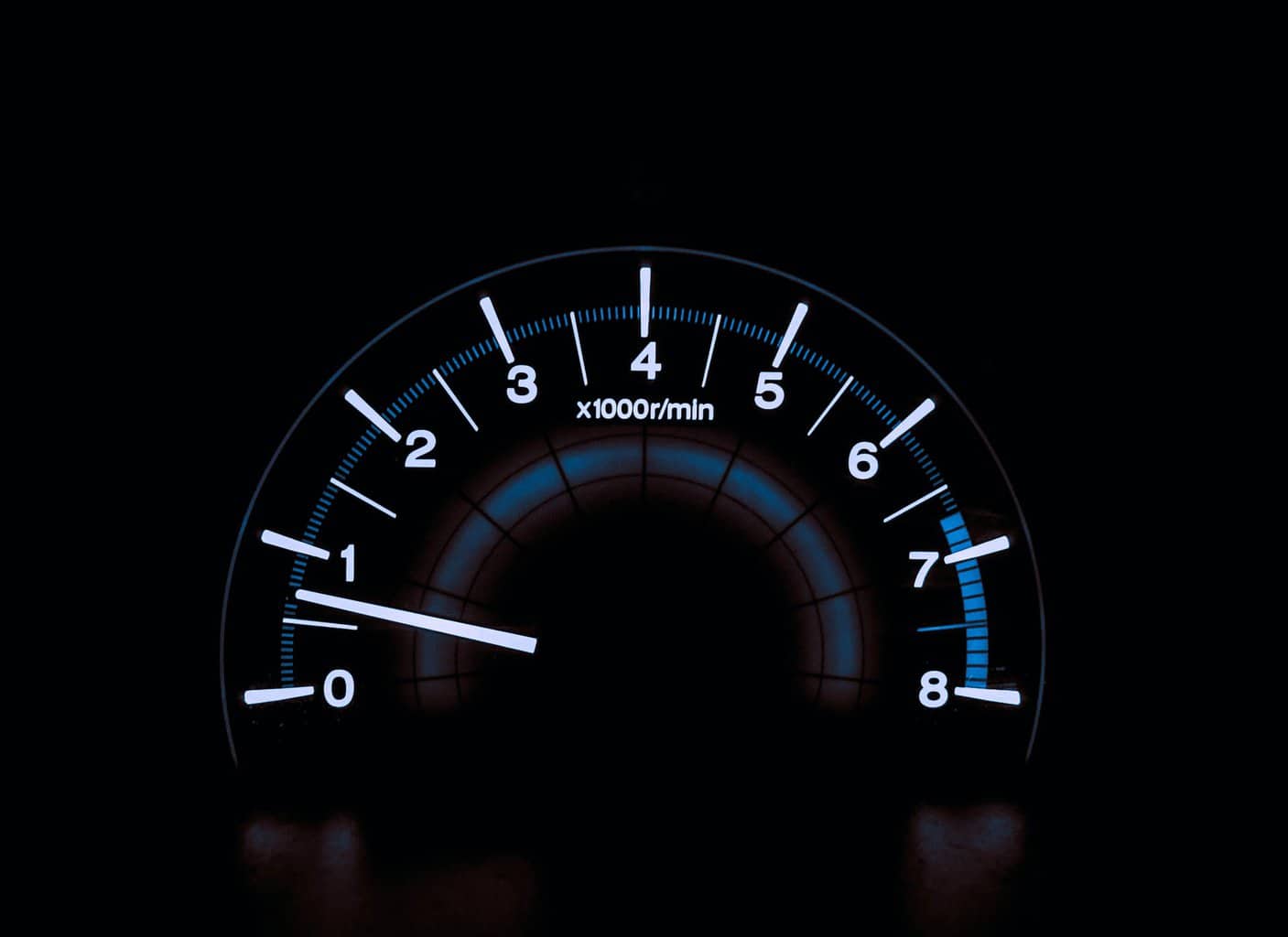
05 Jul Five Signs It’s Time to Upgrade Your Web Hosting
Your web hosting is the foundation of your website. It not only affects your website’s speed and uptime but also its security and scalability. That’s why it’s important to choose a web hosting provider that can grow with you as your website expands.
But how do you know when it’s time to upgrade your web hosting? This article explores five signs that indicate it might be time to make a change.
Table of Contents
1. Slow Website Speed
 One of the most common complaints about web hosting is slow website speed. If your website is taking longer than three seconds to load, it’s time to upgrade your web hosting. Studies have shown that even a small delay in page load time can result in a 7% loss in conversions.
One of the most common complaints about web hosting is slow website speed. If your website is taking longer than three seconds to load, it’s time to upgrade your web hosting. Studies have shown that even a small delay in page load time can result in a 7% loss in conversions.
There are several factors that can contribute to slow website speed, but the most common is an overloaded server. An overloaded server occurs due to:
- Too many websites on one server: If your host puts too many websites on one server, it will slow down everyone’s website.
- Too much traffic: If your website gets a sudden influx of traffic, it can cause your server to crash. This is especially true if you’re on a shared hosting plan.
- Not enough resources: If your host doesn’t allocate enough resources to your website, it will run slowly.
- A poor hosting infrastructure: If your host has a poorly designed infrastructure, it can cause your website to run slowly.
If you’re experiencing slow website speed, the first thing you should do is contact your web hosting provider. They may be able to help you optimize your website or move to a more powerful hosting plan.
If your website is on an overloaded server, it will compete with other websites for resources and will likely load slowly as a result.
2. Low Uptime
 Uptime is the percentage of time that a website is accessible to users. For example, if a website has an uptime of 99%, it means it will only be inaccessible for about one hour over the course of a month.
Uptime is the percentage of time that a website is accessible to users. For example, if a website has an uptime of 99%, it means it will only be inaccessible for about one hour over the course of a month.
There are several factors that can cause uptime issues, but the most common is server downtime. Server downtime occurs when:
- The server is down for maintenance: If your host doesn’t properly maintain their servers, it can cause downtime.
- The server is overloaded: As we mentioned before, an overloaded server can cause downtime.
- The server is not configured correctly: If your host doesn’t configure their servers correctly, it can cause downtime.
The best managed hosting providers guarantee uptime in the range of 99% to 99.999%. Anything below that is considered poor and should prompt you to upgrade your web hosting.
3. A Security Breach
 A security breach is a serious issue that can have devastating consequences for your website and business. If your website is hacked, it not only compromises the security of your site but also puts the personal information of your users at risk.
A security breach is a serious issue that can have devastating consequences for your website and business. If your website is hacked, it not only compromises the security of your site but also puts the personal information of your users at risk.
Hosting-related security breaches happen for several reasons, including:
- Servers are not up-to-date: If your host doesn’t keep their servers up-to-date, it makes them more vulnerable to attack.
- Servers are not configured correctly: If your host doesn’t configure their servers correctly, it can leave them open to attack.
- There is no security protocol in place: security protocols include things like firewalls and intrusion detection systems. If your host doesn’t have any security protocol in place, it leaves your website vulnerable to attack.
To protect your website from hackers, you need to choose a web hosting provider that offers robust security features. These may include things like firewalls, malware scanning, and intrusion detection.
4. Lack of Scalability
Hosts provide scalability by:
- Offering different hosting plans: Most hosts offer a variety of hosting plans that come with different levels of resources. As your website grows, you can upgrade to a more powerful plan.
- Adding more resources to your existing plan: If you’re on a shared hosting plan, your host may be able to add more resources to your account. This can help accommodate increased traffic and data.
- Migrating your website to a more powerful server: If your host doesn’t offer scalability, you may need to migrate your website to a more powerful server. This is usually only necessary for very large websites.
A good web hosting provider will offer a variety of plans that allow you to scale up or down as needed. This way, you only pay for the resources you need and can avoid overage fees.
As your website grows, you’ll need to upgrade your web hosting to accommodate the increased traffic and data. If your current web hosting plan doesn’t offer scalability, it’s time to switch to find a managed alternative that can grow with you.
5. Poor Customer Support
 When your website is down, you need to be able to reach customer support immediately. Otherwise, you risk losing visitors and customers.
When your website is down, you need to be able to reach customer support immediately. Otherwise, you risk losing visitors and customers.
If you’re not happy with the level of customer support you’re getting from your web hosting provider, it might be time to switch to a new one. A good web hosting provider will offer 24/7 support so you can always reach via multiple channels, including phone, email, and live chat.
These are just a few signs that indicate it might be time to upgrade your web hosting. If you’re experiencing any of these issues, it’s worth considering a change. By upgrading to a better web hosting provider, you can improve the speed, uptime, security, and scalability of your website.



No Comments